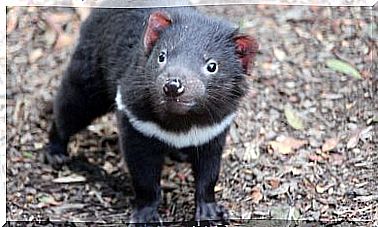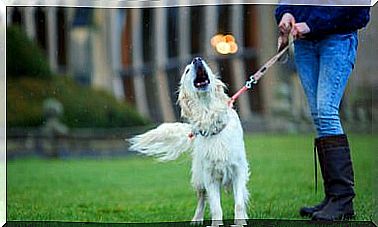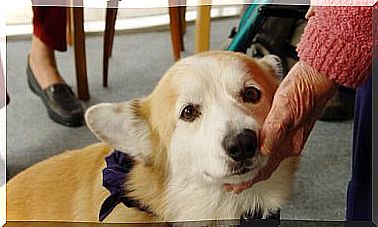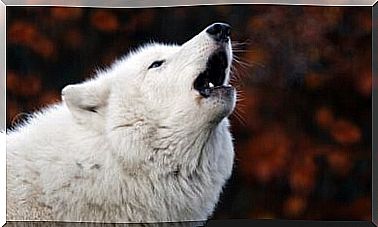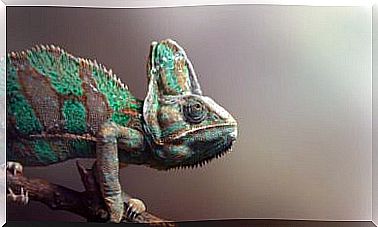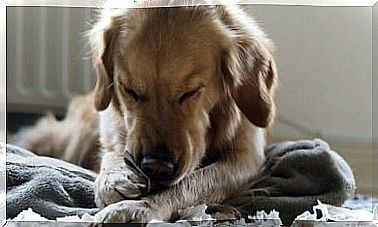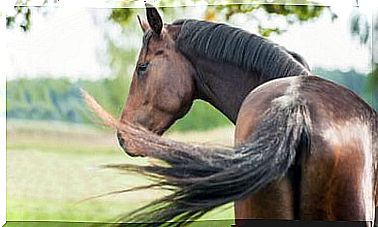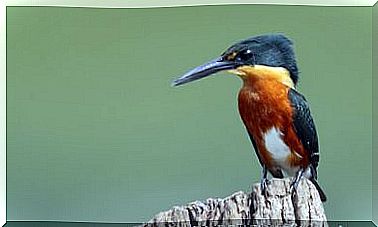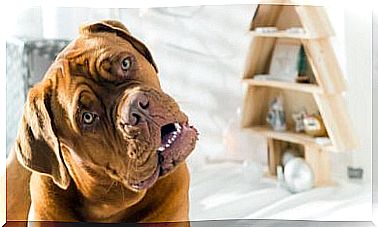Who Is Jane Goodall?
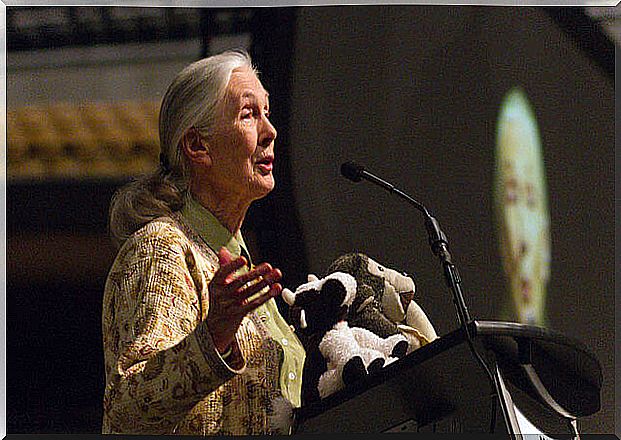
Jane Goodall is undoubtedly one of the most influential women in history, and one of the greatest activists for animal conservation and protection. However, its history is less known than the great work it has done.
Jane Goodall, a woman in the jungle
Jane was born far away from Africa, in the busy city of London. However, in her childhood she developed a deep love for animals, and an enormous fascination for Africa, which led her to embark on the adventure of a lifetime.
Thus a young Jane, without specialized studies in animals, ended up in Africa as an assistant to paleontologist Louis Leakey. Soon, Leakey realized that Goodall had a great ability to study wild animals, and sent her to Tanzania with her mother.
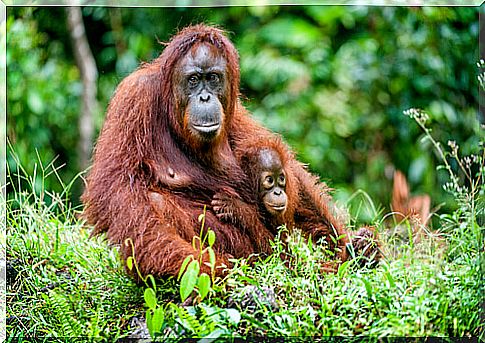
Jane thus became one of the first researchers in this field, living in a hostile place that was not usually reserved for women. And she more than proved that everyone was wrong, time and time again, just like other researchers of her time.
A different primatologist
Jane Goodall began observing chimpanzees without having many studies on the subject. This allowed him not to count on the prejudices of the scientific currents of the time, which defended animals as beings without the ability to feel emotions.
Her mentor, Louis Leakey, would send her to pursue a doctorate in ethology without having pursued a university degree. Jane Goodall defended her thesis on a five-year study of chimpanzees in the Gombe National Park, which is still active today after 55 years since its opening.
Together, the so-called ‘Angels of Leakey’ (Galdikas, Goodall and Fossey) would make important discoveries in their respective study species; orangutans, chimpanzees and gorillas. This allowed the study of primatology from a more empathic, rigorous and feminist perspective.
The Animal Behavior Revolution
But Jane’s research did not end with a doctorate, and she refuted several theories defended by the scientific community of the time. For example, he showed that chimpanzees practiced some of the most incredible hunting techniques in the animal kingdom, and that they were not exclusively vegetarian.
In addition, it transformed our concept of the human being. And it is that until the investigations of Jane Goodall it was thought that humans were the only creators of tools. The human being was defined as a ‘tool maker’, and no other animal was capable of it.
However, Jane discovered a chimpanzee using branches to access a termite mound. This gave rise to a whole new field within animal ethology, and thanks to Jane Goodall we now know that the use of tools in animals is very widespread.
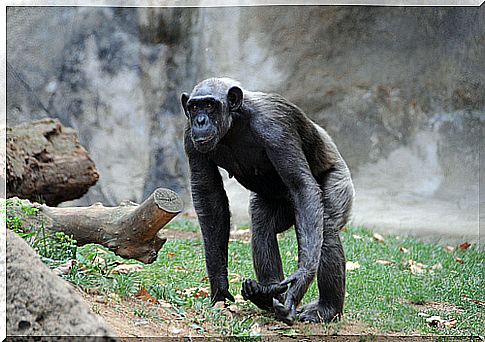
Jane’s studies showed that chimpanzees had very different personalities, which attracted a lot of attention at the time. Jane was convinced that animals possessed emotions, as she herself had verified the existence of emotions in dogs, in this case thanks to her pet.
Jane Goodall, the activist
Jane began to check the forest devastation that was in the natural park. She began to realize then that chimpanzees, and other animals, suffered greatly at the hands of humans, far from the idyllic setting where she studied these animals.
This led her to start visiting primate experimentation laboratories, circuses and natural parks of other species. Thus, he began to see how the species he loved so much was captured as a pet, sold to circuses, or used for cruel experiments. And, therefore, she decided that she could not look the other way, to become the activist that she is today.
It is then that Jane leaves the investigations in Gombe in the hands of her team and begins to travel the world to spread the word against animal abuse, and in favor of conservation. He spends the vast majority of the year lecturing and traveling to fight it.
In fact, she founded the Jane Goodall Institute to support this task and the ‘Roots and Shoots’ project, which allows children from all over the world to contribute ideas and actions in favor of the defense of animals. Today Jane calls for hope in these new generations to avoid the global ecological disaster.
Main image source: Mark Schierbecker
